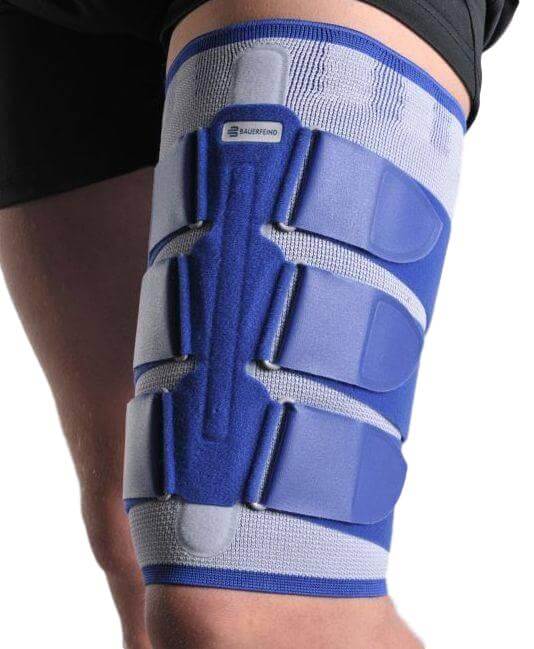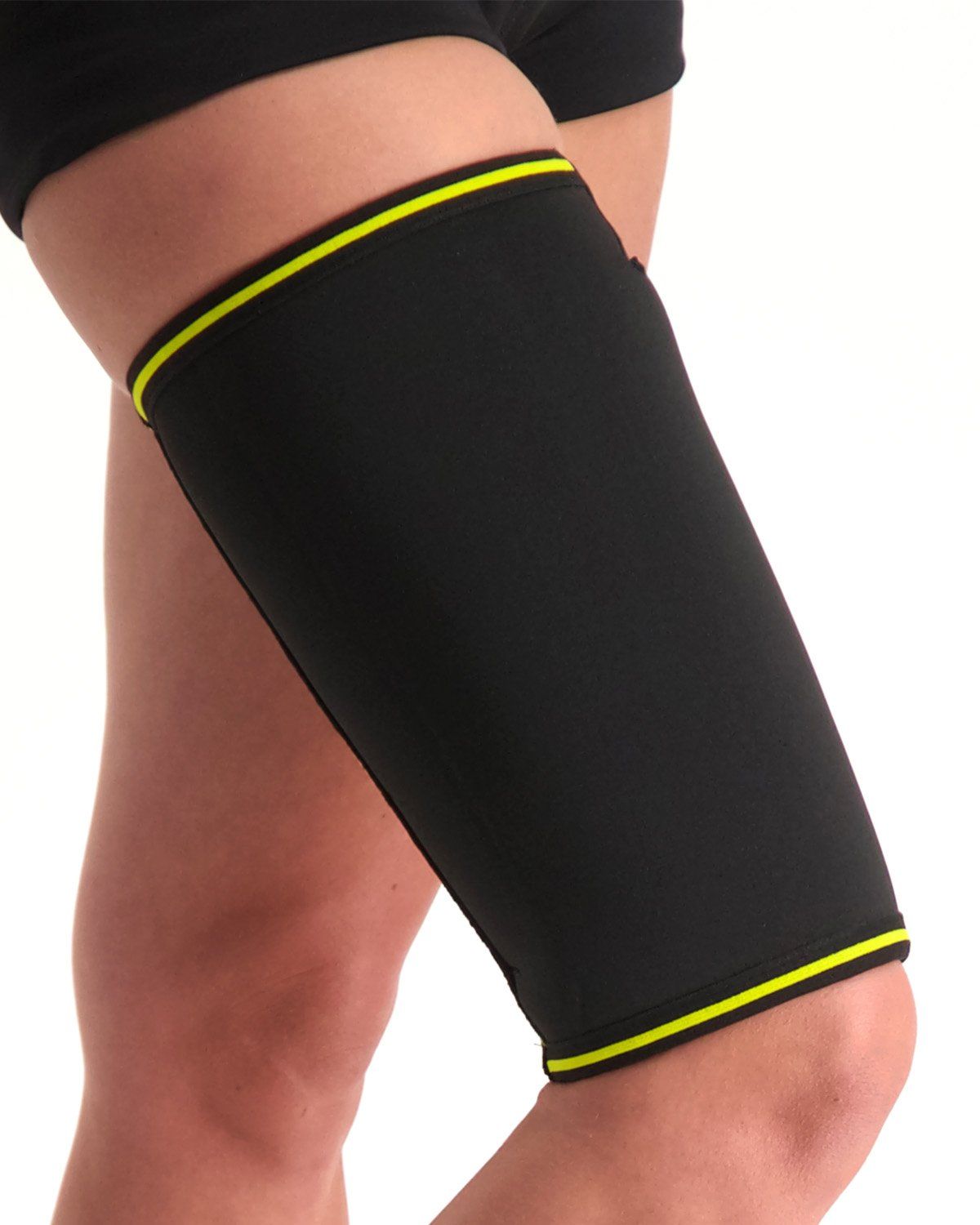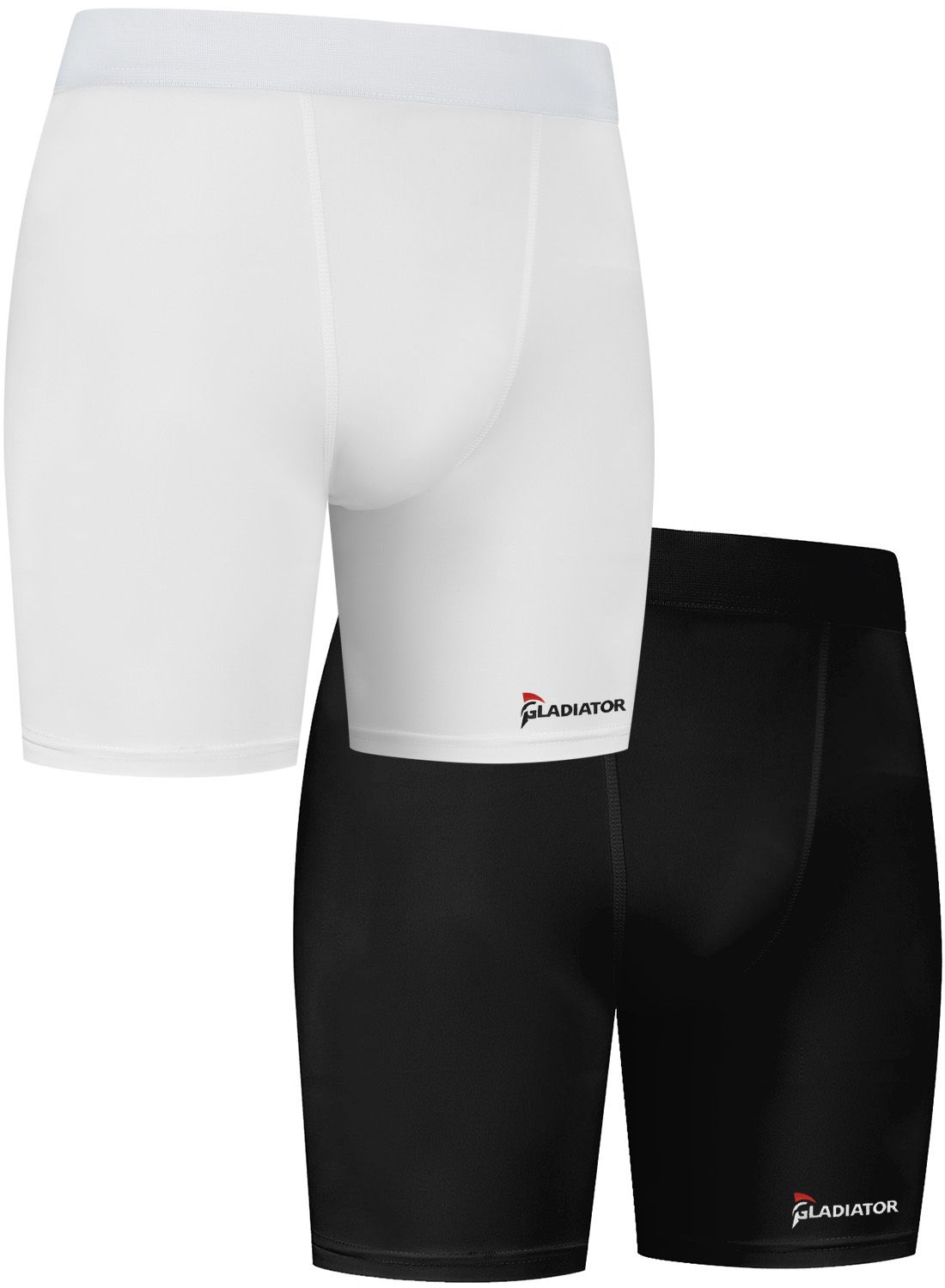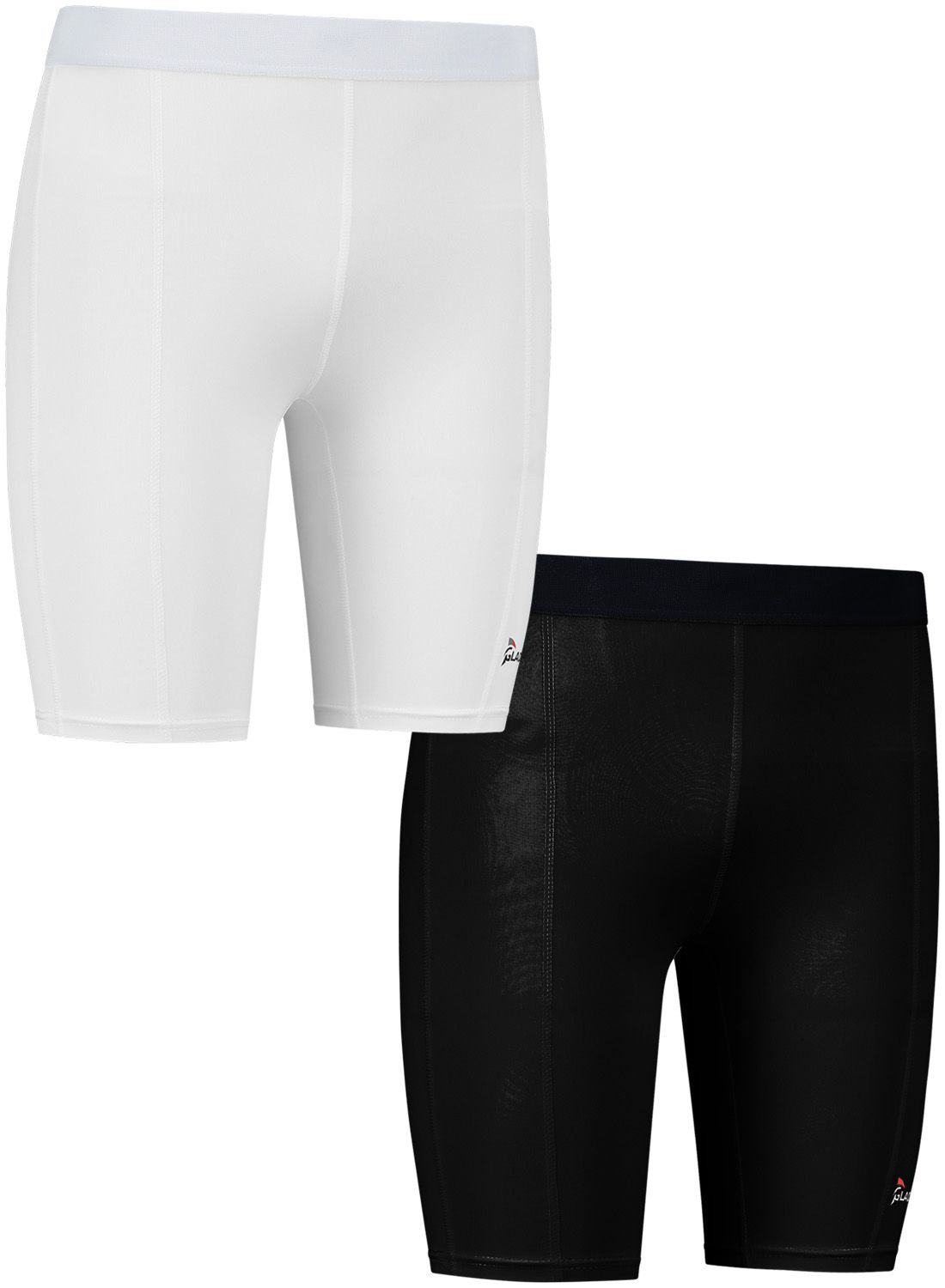Upper Leg Fracture
The upper leg consists of one bone that runs from the hip to the knee, this is called the femur. The femur is known as the longest bone in the human body. It is a strong bone, which usually requires a lot of force to break. Here you can think of an accident with a motorized vehicle or a fall from a great height. Bone fractures are most common when suffering from disorders that weaken bone, such as, bone cancer, osteoporosis or Paget's disease. Bone fractures are also common among men and women of a higher age. Because it is associated with poor vision, bad walking, bones becoming more brittle (osteoporosis), poor balance or serious overweight.
Symptoms of an Upper Leg Fracture
Symptoms of a broken femur are characterized by a lot of pain in the thigh with an inability to move and pressure the leg. Usually, the leg is in a different position. With complicated fractures, the bone punctures the skin. Sometimes the skin in the hip area is purple, this is caused by bruises underneath the skin.
Research Upper Leg Fracture
If the upper leg is swollen, this is not immediately visible. An X-ray can show the course of the fracture and locate it. Sometimes an MRI scan is done. The place, the severity and the course of the fracture is made visible. A broken femur always has to be operated, there are only a few exceptions. The blood circulation in the femur is strong, so patients with a fracture have a lot of internal blood loss. This is usually a reason to operate quickly.
Rehabilitation of an Upper Leg Fracture
During the surgery, the fractured parts are fixed with implants, such as screws, plates, wires and pins. This reduces the risk of deformities and complications, which makes a person recover faster. The goal of the surgery is to straighten the parts of the broken bone, to provide sufficient stabilization and to ensure that the upper leg can function quickly again. A leg fracture can also be fixed from the outside, this happens when the tissue is also damaged (skin, tendons, muscles, nerves and vessels). This is done by a framework that is applied with pins that stick in the upper leg. This is usually done for children who are still growing, or for people who have inflamed wounds. After the surgery, the trauma surgeon determines whether you are allowed to pressure the leg immediately or not. If you are not allowed to pressure it immediately, you may do so after about 6 to a maximum of 12 weeks. Meanwhile, you are allowed to practice walking free, with your crutches. Fully normal and pain-free use of the leg takes a bit longer, mostly 3 to 6 months. Patients often suffer from hip or knee complaints because they pressure the leg differently and walk differently. The upper leg / thigh support is a perfect tool to help you rehabilitate. This tool helps to prevent these complaints as much as possible after an upper leg fracture. The Novamed Thigh Support is considered the number #1 thigh support at the moment! In addition, the Bauerfeind MyoTrain Thigh Brace is one of the most effective and best thigh braces used as an alternative to tape bandage.

- Physiotherapist
- Sports podiatrist
- Manual therapist
- Podopostural therapist
- Myofascial dry needling specialist






